Close your eyes and imagine that you've put on your hiking boots, your worries are left at home, and a wide trail opens up in front of you. Now you leave the built world behind, surrounded by lush nature, with no sound of cars or chatter, just the calming symphony of birds singing, streams flowing and the breeze blowing through trees.
Feel the sunshine on your skin, fill your lungs with fresh air, and fill your nose with the fragrance of green grass, the taste of nature. A world of adventure opportunities lies ahead, waiting for you!
Welcome to the world of hiking!
Hiking is when you consciously spend time walking in natural surroundings, usually on hiking trails. These trails can pass through mountains, lakes, forests, deserts, etc., and can take anywhere from hours to months to complete and are at least light exercise.
Hiking is a great way to immerse yourself in the great outdoors. Transported by your own two feet and carrying only what you need for the day, you can discover the beauty of nature at any comfortable pace. And, with a little planning and preparation, almost anyone can do this activity.
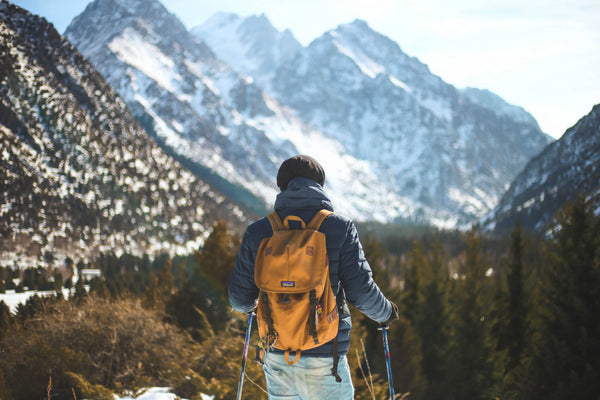
Why is hiking popular with so many people?
There are hundreds of hiking benefits, but these are just some of the most important:
It's the perfect sport - from easy walking trails around the lake to intense multi-day hikes through the mountains. It's a great cardio workout that uses all of your body's muscles without overstretching it with little risk of injury.
It can help you enjoy different views - not only does hiking relax your mind and body and relieve your stress, but the scenery along the way makes you nostalgic.
Hiking is free for everyone, and the sport is for everyone — no need to find teams, buy memberships, go at specific times, or buy tons of fancy equipment. All it takes is a natural setting and a desire to spend time outdoors. Anyone can hike, and it's completely free!
Turn off your phone - put your phone aside, forget about social media, and leave your emails at home. Hiking is a time to pull the plug.
Hiking has scientifically proven mental health benefits - according to the University of British Columbia: "Any form of immersion in the natural world, outside of your inner world, will improve your overall well-being and improve your connection to the greater positive human engagement with the community”. It's also used as a tool to treat depression and other mental health disorders!
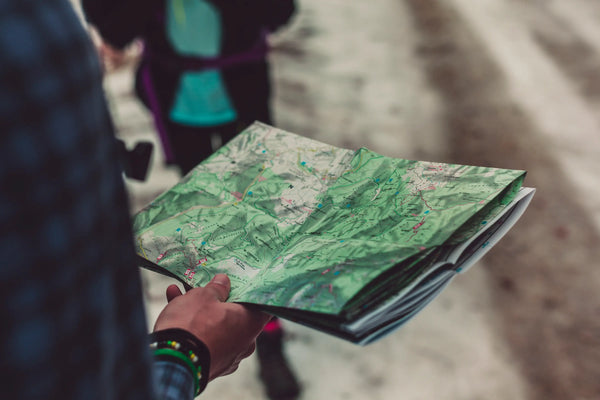
-
Choose a route
Here are a few simple ways to find hiking trails that meet your needs:
Guides and websites are great sources of data because you can get the data you need: trail difficulty, distance, altitude, directions, water sources, and whether pets are allowed. Up-to-date travel guides are often displayed on the website to keep you informed of current trail conditions.
Word of mouth: If you have friends who like to hike, ask them to recommend some places for you.
Talk to a local: Contact your local hiking organization or call the ranger station in the area you want to hike. Rangers generally have the latest trail conditions and are good at recommending hikes for all skill levels.
Tips for choosing a hiking route
Before you start looking for the perfect hike, it can be helpful to consider a few things, such as:
How long: Do you have a few hours or a full day? How much time you have can decide where you go. Don't forget to consider the time it takes to get to and from the starting point.
Physical fitness: Seriously assess your physical fitness and whether it is suitable for hiking, rather than going through a long and hard time for which you are not ready. If your current physical condition is not suitable, don't be discouraged, carry out step-by-step exercises and maintenance every day. There is always a day that suits you.
Distance: Think about how many miles and how many hours you can keep hiking.
Altitude: The amount of altitude the hike is a factor in determining the difficulty.
Time and Weather: Some trails are inaccessible in early spring because they are covered in snow. It's fall and the sun sets earlier, so plan accordingly so you won't be at a loss after dark. Also, be sure to check the weather forecast before heading out.
Logistics: Certain hikes require more planning. For example, if you end up on a hike that starts and ends at different locations, you'll need to shuttle the car to your start and end points.
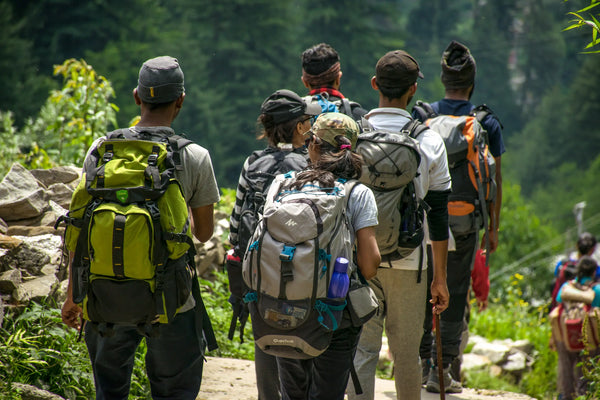
-
Find a hiking partner
If it's your first time, ask your hiking friend to take you on a hike. Most are happy to share their expertise, let you borrow gear, and introduce newbies to their favorite routes.
If you don't know any hikers, if going alone is your only option, start with excursions to popular hiking destinations and make sure someone always knows where you're going and how long you plan to be away time. The alternative is to carry emergency equipment, such as a SPOT tracker, which allows you to call emergency assistance via satellite. It's important to note that devices like SPOTs aren't an excuse to shirk responsibility for your safety -- they're a backup.
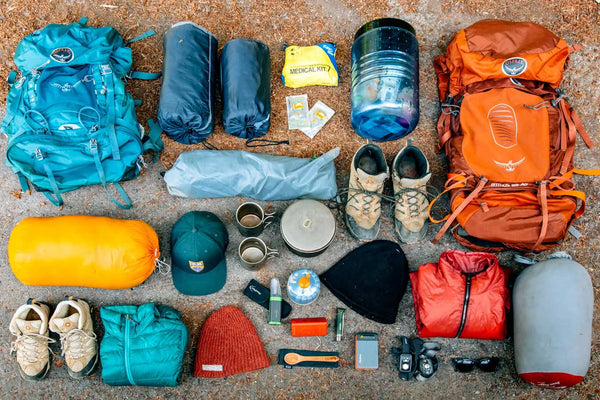
-
Choose your hiking gear
Navigation (map and compass)
Sun protection (sunglasses and sunscreen)
Insulation (extra clothing)
Lighting (headlamps/torches)
First Aid Supplies
Fire (waterproof matches/lighters/candles)
Repair Kits and Tools
Nutrition (Extra Foods)
Hydration (extra water)
Emergency Shelters (Tents/Plastic Tube Tents/Garbage Bags)

-
Hiking shoes
Shoes are one of the most important items you need to choose and a very important choice. Some hikers prefer supportive over-the-ankle boots, while others prefer lightweight trail running shoes. The terrain you will be walking on will also affect your decision. Lightweight, low-top hiking shoes may be fine on well-maintained trails without too many obstacles, while sturdy boots may serve you better on rougher trails with rocks, roots, and streams.
Also, socks should be cotton-free! Wool or synthetic socks are ideal.
What to wear for hiking
Choose clothes made from quick-drying, moisture-wicking fabrics such as wool or polyester. Also, avoid cotton as it takes a long time to dry when wet.
You can think of clothing as a separate system:
Form-fitting base layer: Made from wool or polyester, the base layer is most important in cool to cold temperatures.
Hiking Layers: These include nylon and/or polyester pants, t-shirts, sun shirts, and sun hats.
Raincoat: Regardless of the weather forecast, it's wise to carry a waterproof jacket. Also, bring rain pants if you encounter wet weather.
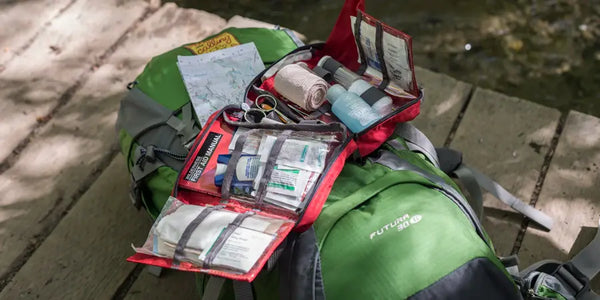
-
Hiking backpack
When you're just starting, you can pick up any old backpack around you. However, once you decide to enjoy hiking, a proper backpack is a great investment. Hiking backpacks have a support belt that transfers the weight of your shoulders to your stronger hips. Hiking backpacks also usually have a dedicated hydration pocket to store the hydration pack to keep you from the soft Drink water from the tube without taking off the backpack.
Food and water
As a beginner hiker, it can be difficult to know how much food and water you need, and the general recommendation for how much to eat is 200-300 calories per hour. For water intake, the moderate activity of about half a liter per hour at moderate temperatures is a good starting point. But these numbers depend largely on factors such as the intensity of the hike, weather, age, sweat rate, and body size. As you gain more experience, you'll get a better idea of how much you need.
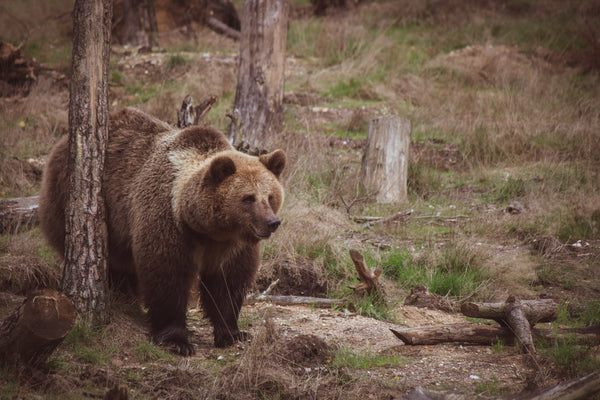
-
Additional Hiking Considerations
Leave no trace
Whatever you do or don't do, please respect hikers and other hikers. In short, this means:
Don't litter or throw fruit peels.
Don't leave the official trail.
Do not disturb your surroundings (break branches, etc.).
Be considerate of other hikers (no loud music, etc.)
Wildlife Encounters
Doing your research before you go hiking will prepare you for any possible wildlife encounters. Sticking to popular trails during busy times (such as weekend afternoons) can relax you so you're not completely alone. Remember these basic wildlife safety tips:
Most wild animals naturally avoid humans.
As you explore, keep an eye out for animal tracks and droppings on the trails so you can see what types of animals may be near the trails.
If you encounter wild animals, keep calm.
Always walk, never run. The screams of fleeing wild animals are "prey". If you run in a panic, you may also trip and get injured.
Let the ranger or local agency know of your sighting.

